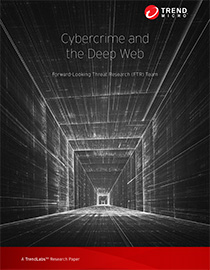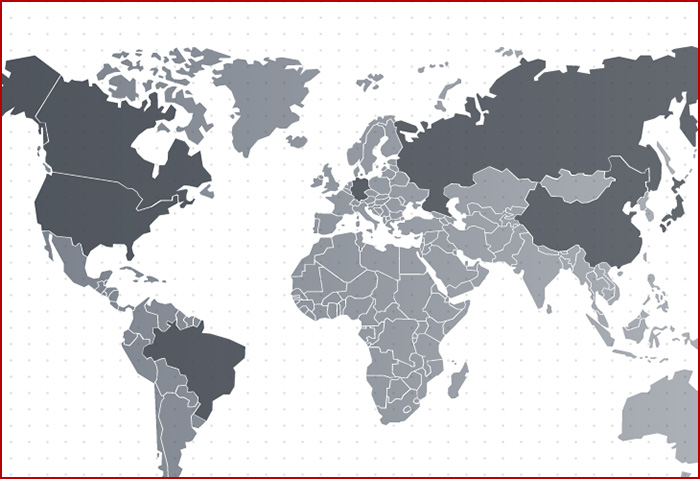
Movies and crime shows have always alluded to a “global” underground network of organized crime where gangsters and criminals from all walks of life and nationalities converge to form a single malicious entity. The truth—at least when cybercriminals are concerned—is different, but close to what people think.
Since we started delving into the Internet’s dark side, we uncovered at least six secret cybercriminal havens. The details we gathered can be found in the research papers we published on the cybercriminal underground markets of Russia, Japan, China, Germany, the United States and Canada (North America), and Brazil in 2015.
[More on the Deep Web: Visit the Deep Web Threat Intelligence Center]
This paper caps our 2015 Cybercriminal Underground Market Series by providing details about these different underground scenes. Find out why we say the cybercriminal underground is not a huge global conglomerate, but rather a wide-ranging cluster of “branches” that cater to various buyers with the unique sets of products and specializations that they offer. But though they work independently, some markets do collaborate with peers to give buyers what they want, as evidenced by the following highlights:
-
The Japanese underground is the only market that does not focus on traditional crimeware. This underground scene caters more to the taboo.
- The German underground takes cues from the Russian market.
- The Chinese underground serves as a hotbed for crimeware (particularly hardware) prototypes.
For more details on what the cybercriminal underground economy was like in 2015, view the attached research paper, Cybercrime and the Deep Web.
Visit the Deep Web page for the latest news and information on the deep web, as well as more in-depth research on the different cybercriminal underground markets.






